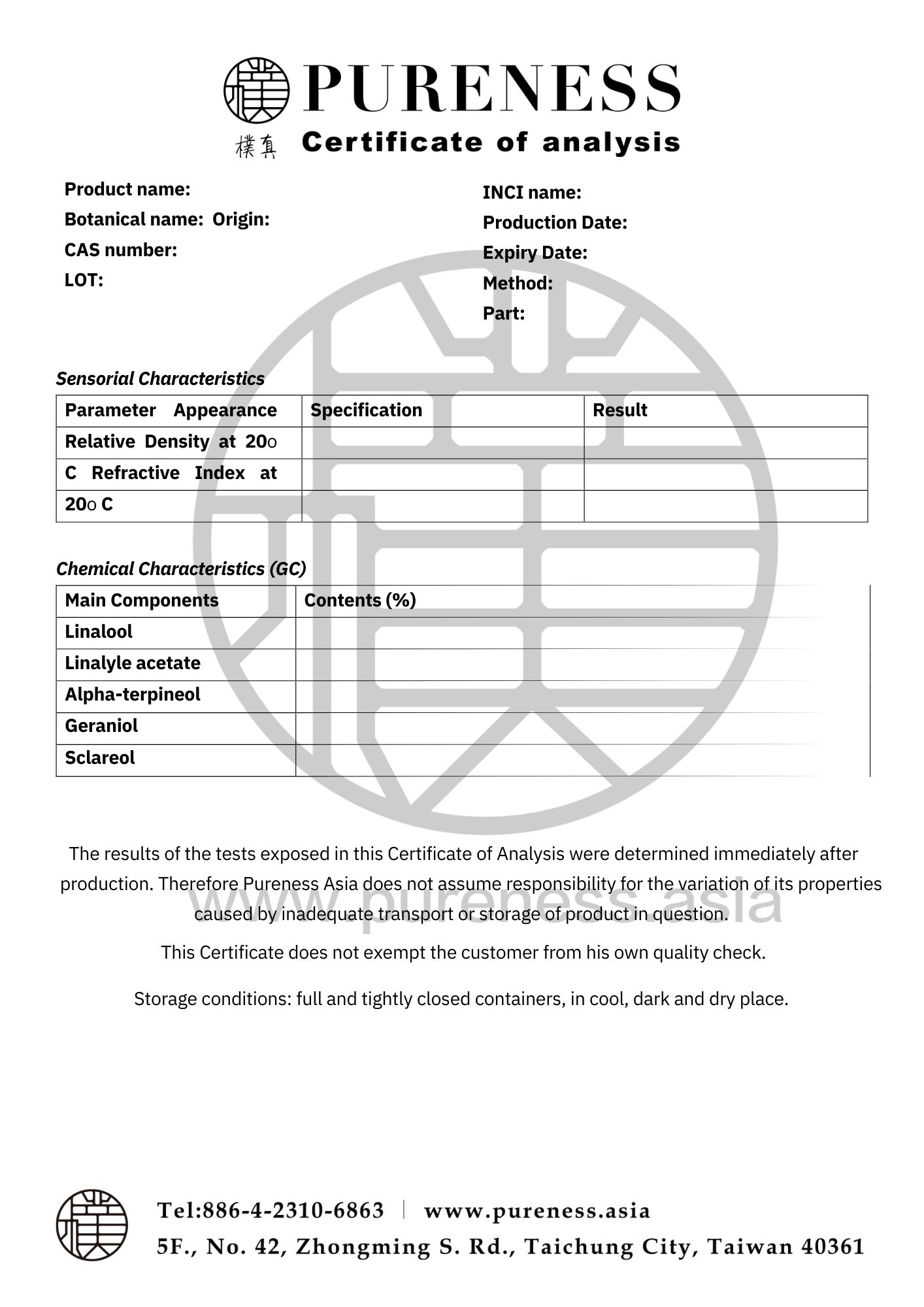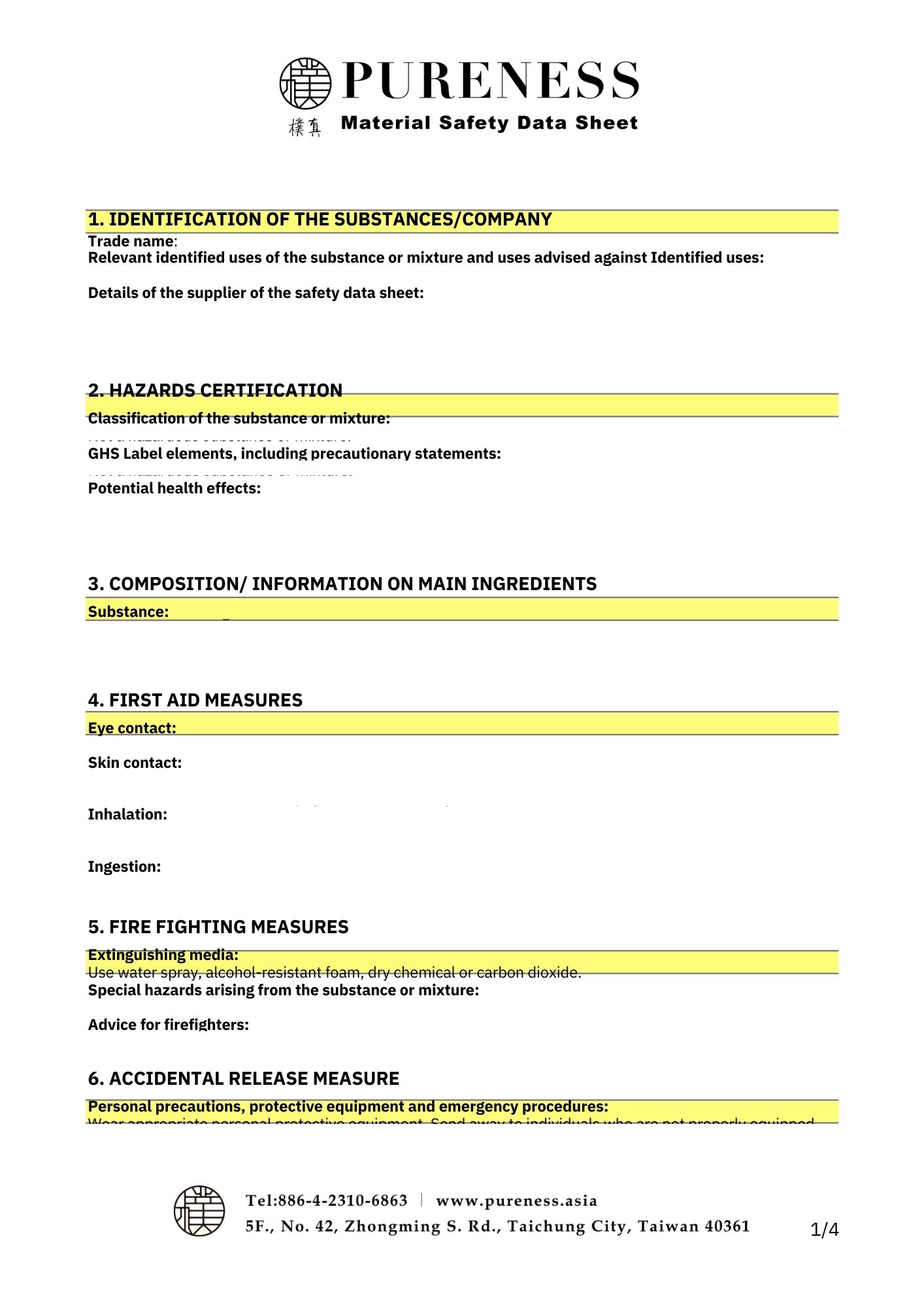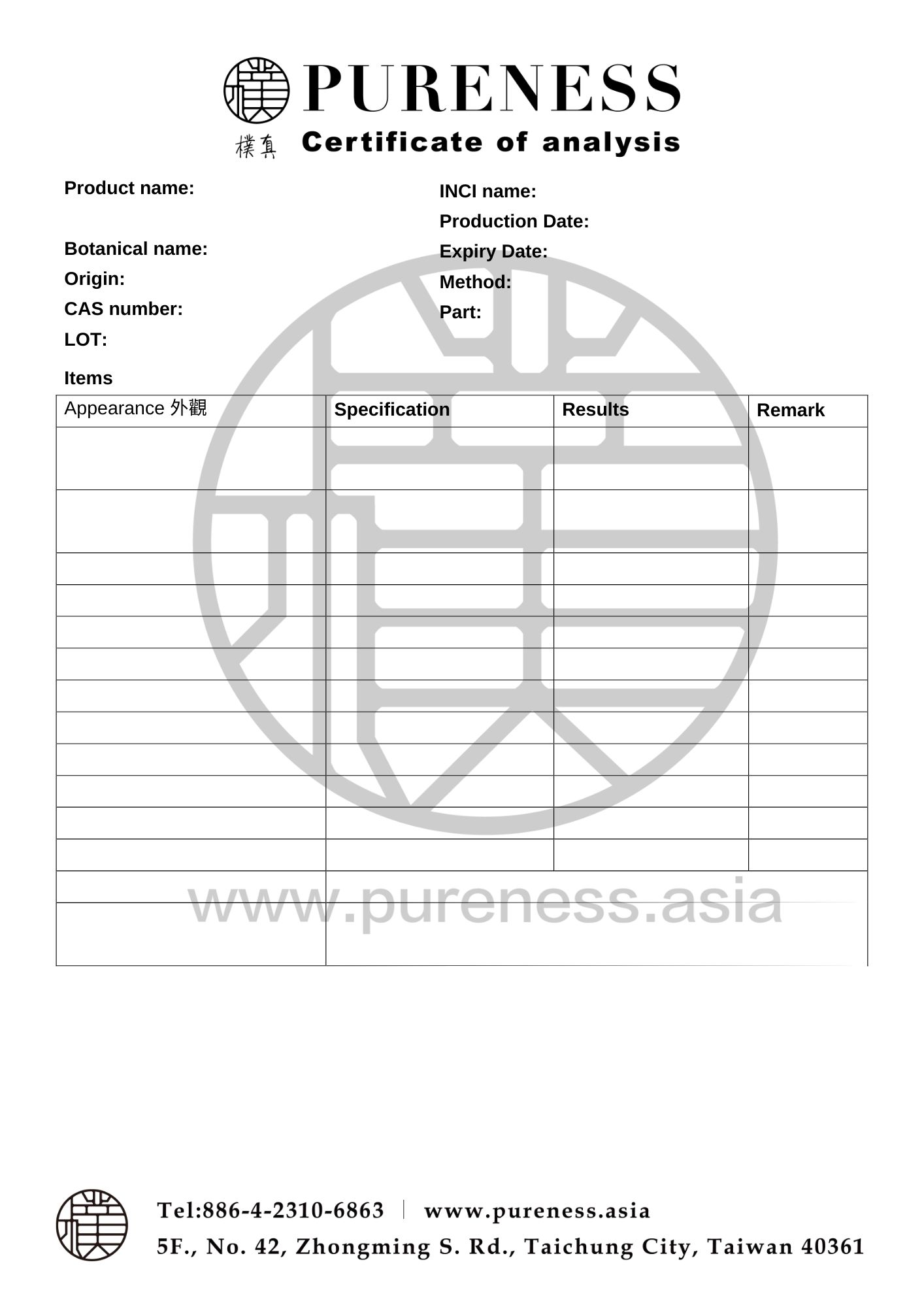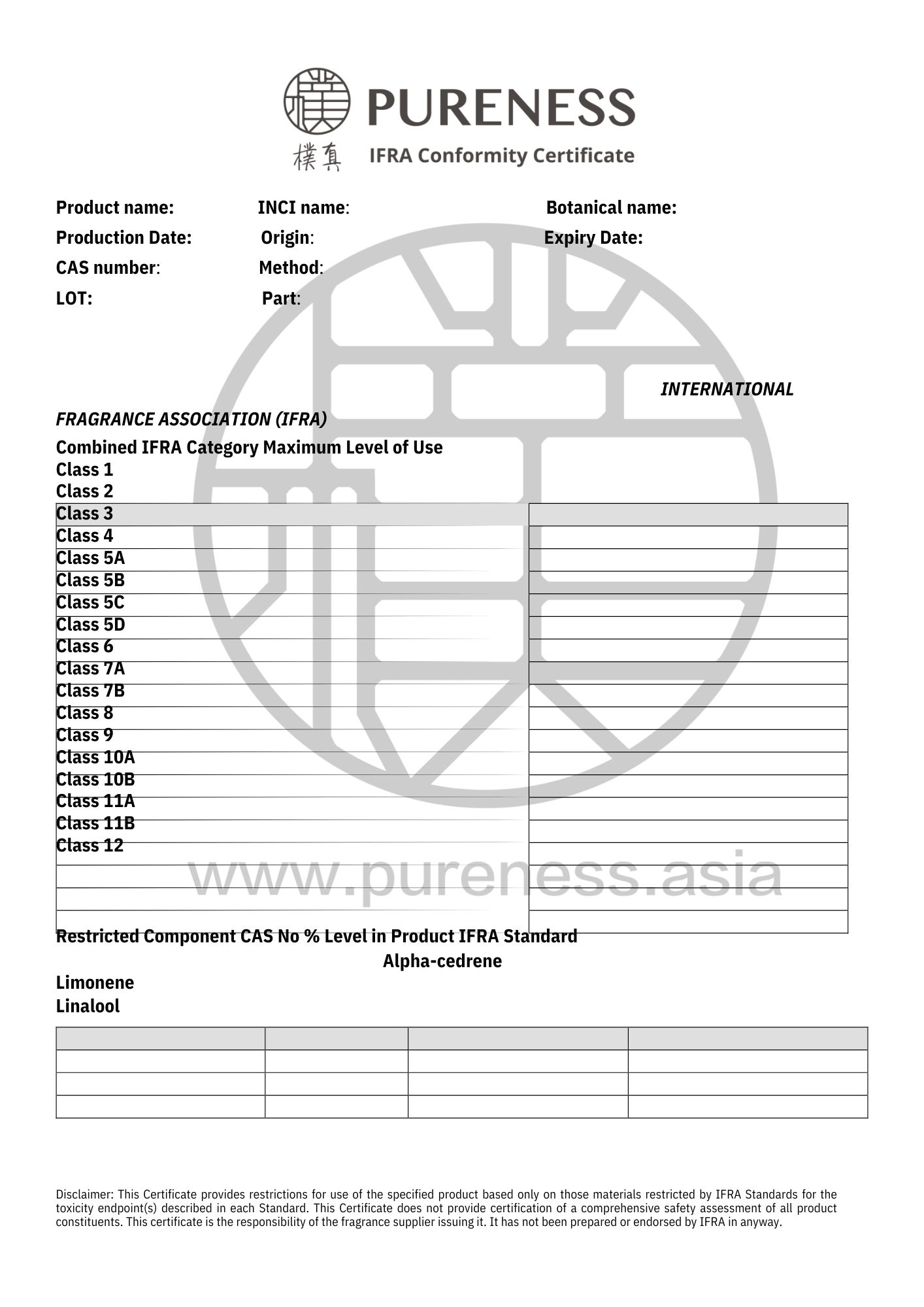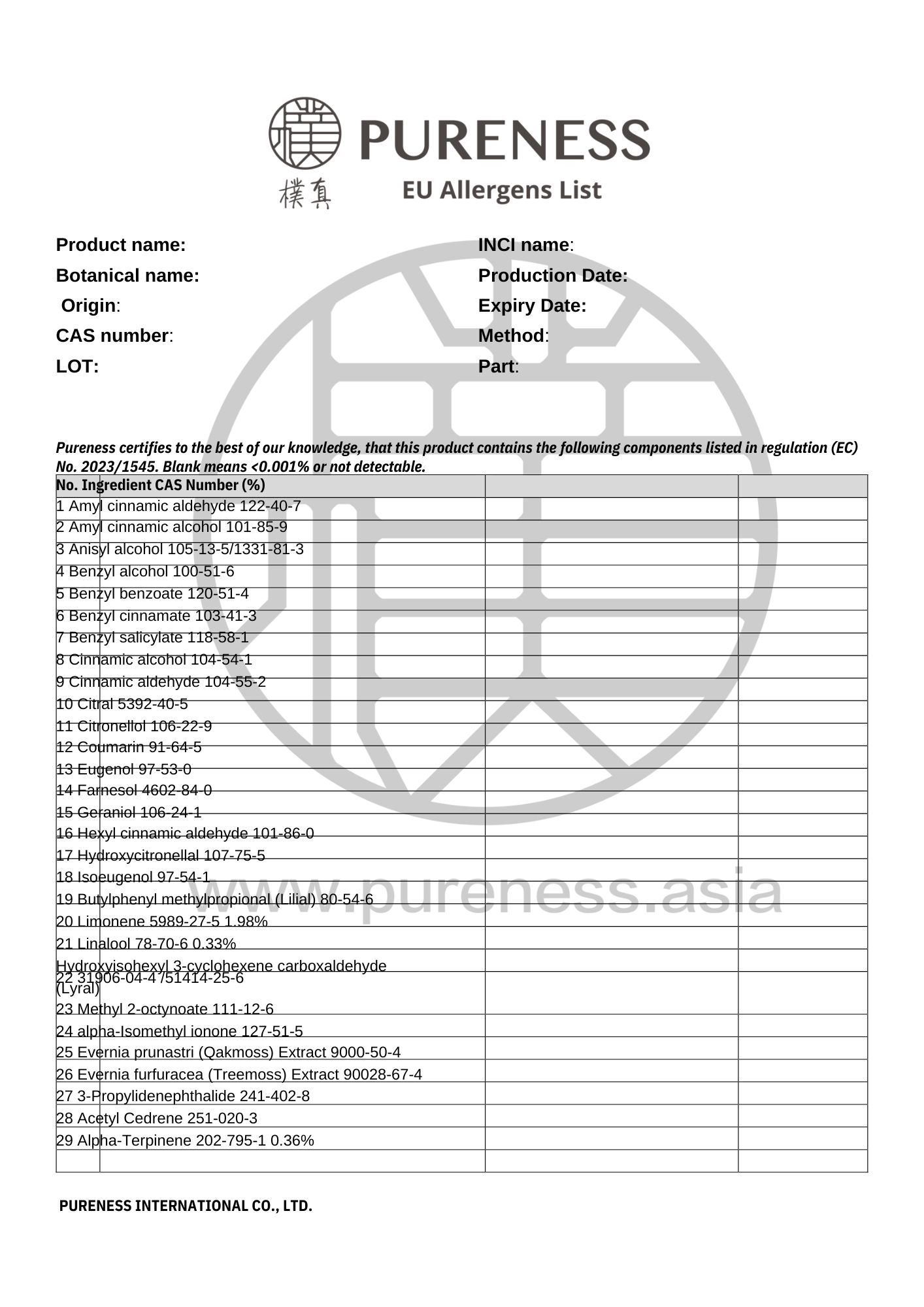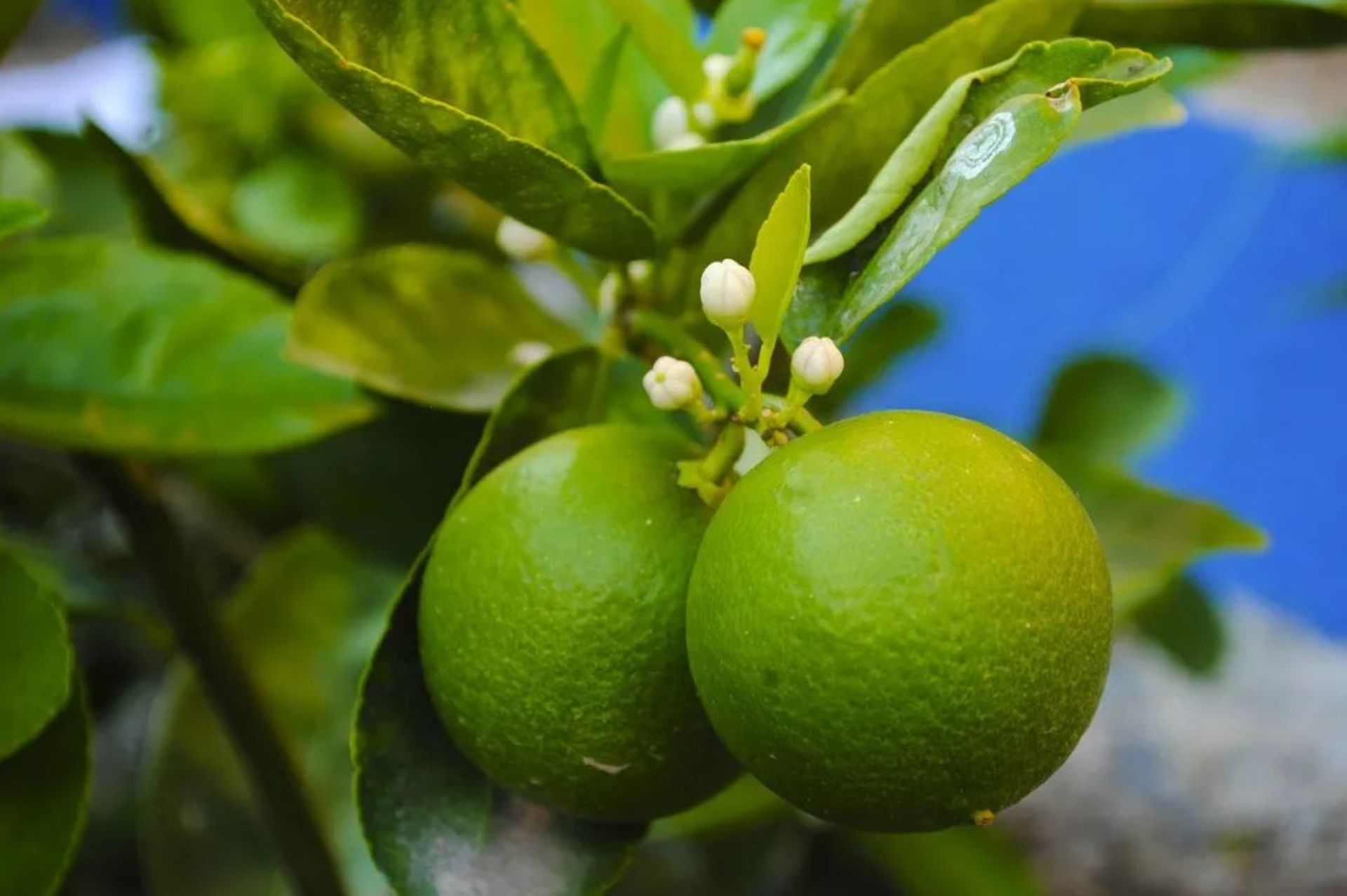
Lime Tahiti
Scientific name|Citrus aurantifolia
Origin|Italy
Classification|Fruit series
Specifications|500g-25kg Please contact sales for details
Extraction part|Ripe fruit peel
Extraction method | Cold pressed
Plant family|Rutaceae
Aroma|Refreshing and calming citrus fragrance
▎Essential Oil Introduction
Lime, likely native to northern India and other tropical regions of Asia, is a small tree adorned with numerous short, hard thorns. The fruit is nearly spherical, small, and resembles a lemon, ranging in color from green to pale yellow. Lime essential oil is most commonly extracted by steam distillation of both ripe and unripe fruits, although cold pressing (primarily from fresh green fruits) is also used. Different extraction methods can result in variations in the chemical composition of lime essential oil; steam distillation typically yields lower amounts of limonene, γ-terpinene, and β-pinene, but higher amounts of p-cymene and terpinene-4-ol.
Lime is a staple in almost every household in tropical regions, widely used for flavoring food, preparing beverages, and in various medicinal applications. Its rich flavor and tangy taste make lime a favorite in spicy dishes, both fresh and pickled. The leaves and fruit have numerous medicinal uses and are also associated with traditional beliefs related to warding off evil spirits.
Commercially, lime is used for juice production, and the essential oil is employed in the food and cosmetics industries. Among citrus essential oils, lime is one of the most traded spices globally. The extraction of lime essential oil is often an integral step following juice production. Lime essential oil is obtained by cold pressing fresh lime peels or through steam distillation or hydrodistillation. This precious oil can be mixed into juices to enhance flavor or used in various beverages. It is widely used in products such as ice creams, pickles, pumpkin dishes, jams, marmalades, beverages, seasonings, desserts, cosmetics, and many other industrial products. The crude oil has a distinct citrus aroma and a light green color and requires further processing for use in cosmetics and nutritional applications.
▎Component Analysis
|Main component: Monoterpenes
The components of lime essential oil include limonene, γ-terpinene, β-pinene, and laurene. It also contains trace amounts of eucalyptol, geranyl aldehyde, and coumarin (from cold pressing). For more information on its physiological effects, please contact us.
|Research Validation

▸ Lime is used in food to impart lemon flavor and aroma due to its sensory characteristics. It is highly appreciated in the food industry.

▸ Lime has been studied for its potential effects on pathogens, diabetes, hypertension, heart health, liver function, bone health, and urinary system issues.
|Raw Material Certifications
To obtain relevant certification information, please contact us on WhatsApp.
▎References
- Nithithep Narang and Wannee Jiraungkoorskul. Anticancer Activity of Key Lime, Citrus aurantifolia. Pharmacogn Rev. 2016 Jul-Dec; 10(20): 118–122.
- Essential Oils in Food Preservation, Flavor and Safety. 2016, Pages 531-537
- USDA. Citrus : World markets and trade. Washington United States Department of Agriculture, Foreign Agricultural Service; 2016.
- Kaewsuksaeng S, Tatmala N, Srilaong V, Pongprasert N. Postharvest heat treatment delays chlorophyll degradation and maintains quality in Thai lime ( Citrus aurantifolia Swingle cv. Paan) fruit. Posthar Biol Techn;
- Lv X, Zhao S, Ning Z, Zeng H, Shu Y, Tao O, et al. Citrus fruits as a treasure trove of active natural metabolites that potentially provide benefits for human health. Chem Cent J. 2015; 68.
- Dongmo P, Tchoumbougnang F, Boyom F, Sonwa E, Zollo P, Menut C. Antiradical, antioxidant activities and anti-inflammatory potential of the essential oils of the varieties of Citrus limon and Citrus aurantifolia wing in Cameroon. Res. 2013;3:1046–57.
- Liu Y, Heying E, Tanumihardjo S. History, global distribution, and nutritional importance of Citrus fruits. Compr Rev Food Sci Food Saf. 2012;11:530–45.
- Zandkarimi H, Talaie A, Fatahi R. Evaluation of cultivated lime and lemon cultivars in Southern Iran for some biochemical compounds. Food. 2011;5:84–8.
- Kiefer S, Weivel M, Smits J, Juch M, Tiedtke J, Herbst N. Citrus flavonoids with skin lightening effects – Safety and efficacy studies. Int J Appl Sci. 2010;132:46–54.
- FAO, 1991. Citrus juices: trends and prospects in world production and international trade. FAO Economic and Social Development Paper, No. 78: 54 pp.
- Sharma SR, 1989. Evaluation of clones of acid lime (Citrus aurantifolia) for resistance to citrus tristeza virus. Indian Journal of Plant Protection, 17(2): 213-218.
- Reuther W, Calavan EC, Carman GE eds., 1989. The citrus industry. Volume 5. California, USA: Division of Agriculture and Natural Resources, University of California, 374 pp.
- Motlagh FH, Quantick PC, 1988. Effect of permeable coatings on the storage life of fruits. I. Pro-long treatment of limes (Citrus aurantifolia cv. Persian). International Journal of Food Science and Technology, 23(1) :99-105.
- Singh HP, Chadha KL, 1988. Regulation of flushing and flowering in acid lime (Citrus aurantifolia Swing.) through stress management. Progressive Horticulture,
- Whiteside JO, Garnsey SM, Timmer LW eds., 1988. Compendium of citrus diseases. St. Paul, Minnesota, USA: American Phytopathological Society, 80 pp.
- Moncur MW, 1988. Floral development of tropical and subtropical fruit and nut species. Melbourne, Australia: CSIRO, 154-157.
|Some images sourced from the internet. Contact for copyright removal|
